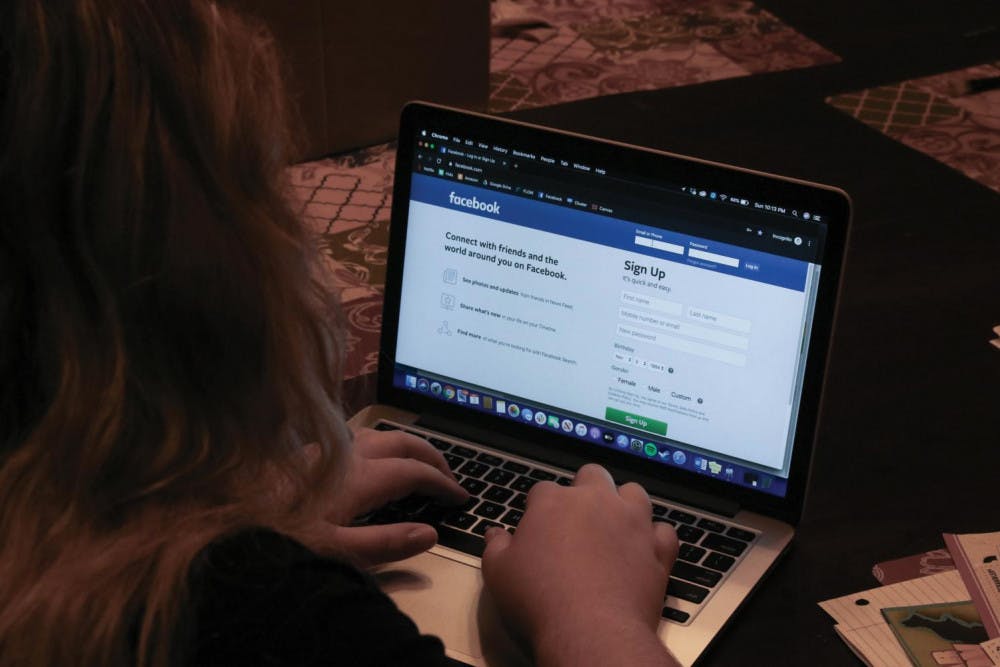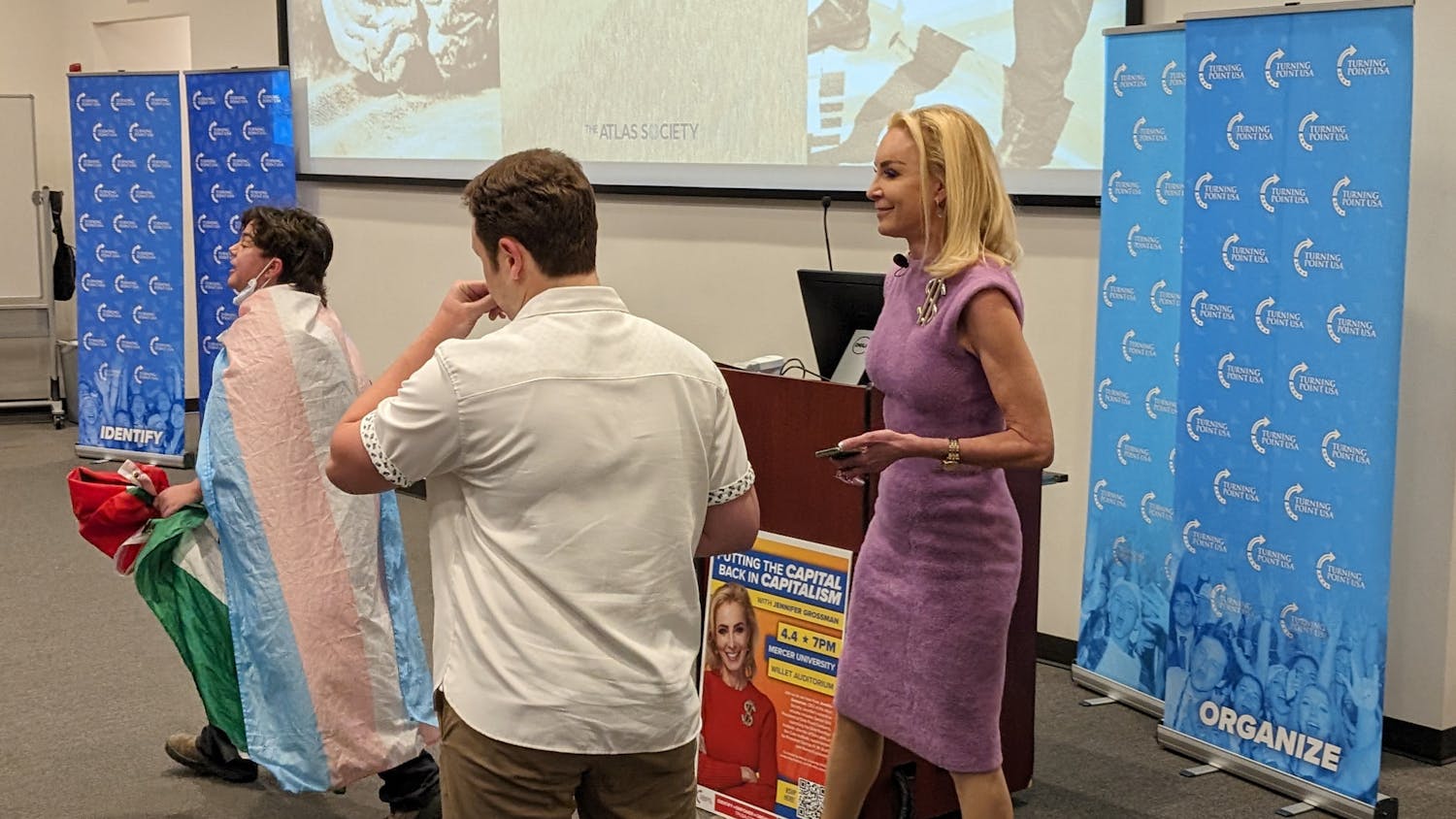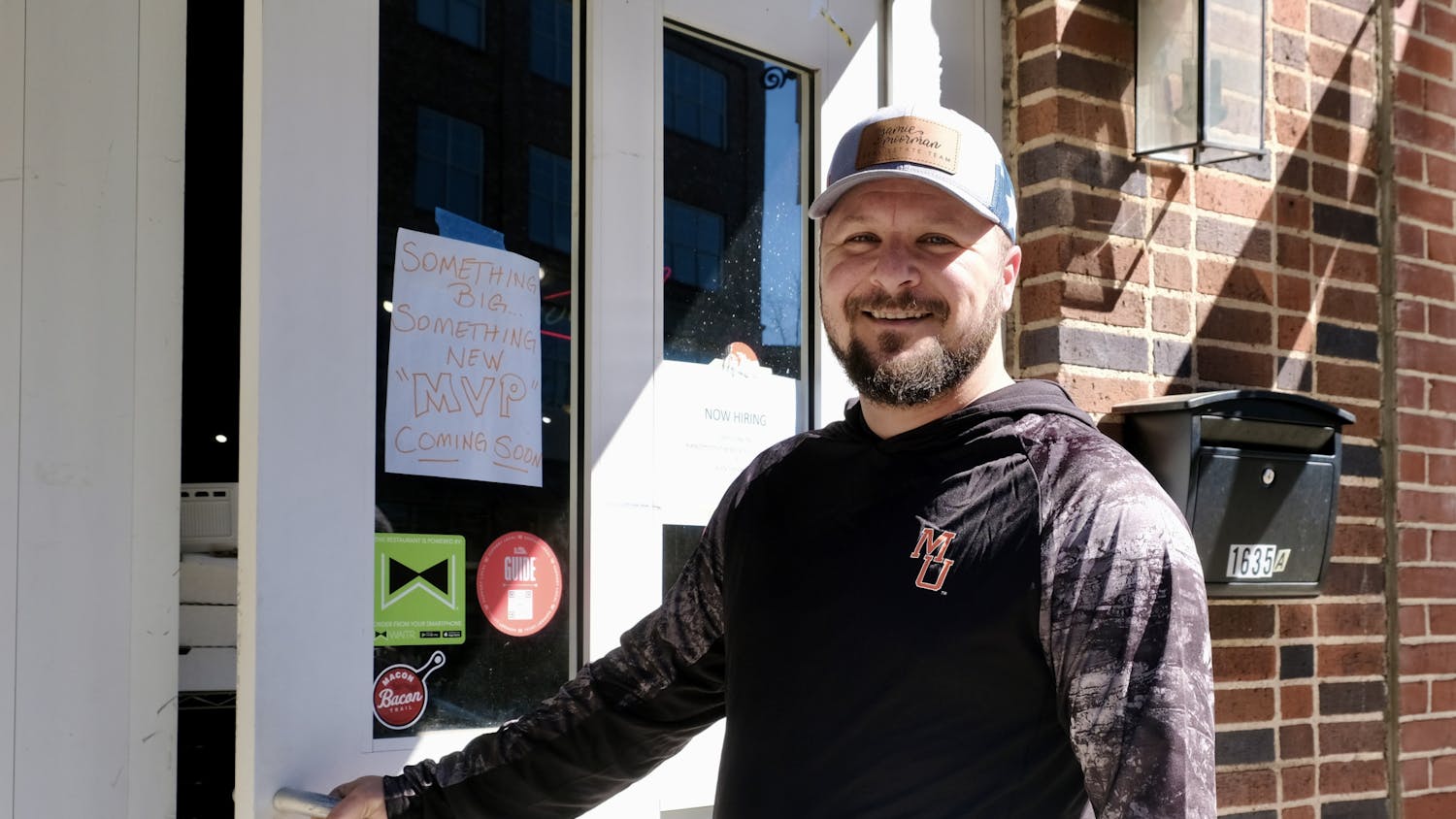Fake news is an industry. It has exploded in size since the 2016 election, partially because of the distrust in journalism encouraged by current political powers. Every time a grandma clicks on a fake story about a man who says he hates Christians and then clicks on an ad that says “people born in the 1960’s have to read this,” someone gets ad revenue from her visit to the site.
Because things can become viral so quickly on social media nowadays, it is important to be able to parse the real from the fake. Here are a few ways to ensure that the stories you are sharing on Facebook are up to snuff.
Look at the source of the article
I have seen more than one person on Facebook share an article from The Onion and say things that make it clear they think it is real. Most people know immediately that an article from The Onion is fake because it is a well-known parody website. However, some fake articles are from sites that aren’t immediately recognizable. If you don’t recognize the source, don’t share the article without looking into it further.
Also, some sources are obviously not legitimate. If something is from a website like “flatearth.com” or “climatechangeisntreal.com,” don’t share it.
Check out the original website
Say you’re looking at an article that seems sketchy on your social media feed. The claim made is intriguing, so you aren’t sure whether to believe it, or what to do next. If this happens, click on the article. I understand that in this day and age, waiting a couple of seconds for a website to load is agonizing, but it’s worth it for you to become more informed.
Once you are on the website, take it in and scope it out. Are there ads for hooking up with MILFs in your area? If so, be wary. If everything on the site looks up to date, there’s a staff page or contact us section, and it doesn’t say “parody” anywhere, the source is more likely to be legitimate. Another good thing to do is scroll down to the bottom of the page. If there is information about who owns the site and/or how to subscribe, chances are you’re in the clear.
Read the article, not just the headline
This one really gets my goat. People will share articles with inflammatory headlines that have nothing to do with the actual information in the story. If you are going to share anything on any social media, read it before you do so. There is one article in particular that I recall where Fox News reported that students wanted to ban Chick-fil-A from the University of Georgia’s campus because it is a “white supremacist cult.” To be fair, I couldn’t find a written version of the Fox report, only the video.
Fox News is a recognizable source of news for a lot of people. However, if you read the story from another source, the UGA student newspaper The Red & Black, the story is very different. Students wanted the restaurant removed because it wasn’t sustainably run.
Reading a full article past the headline can also make it apparent whether the people behind it are legitimate. If there are a lot of spelling errors or the article just doesn’t make sense, it probably isn’t worth the risk of sharing it. Don’t fall for the trick that fake news relies on, and actually read full stories.
Fact-check the information using multiple sources
For the above point, I read multiple articles about the same thing, and the articles were from two different publications. If I hadn’t done so, I wouldn’t have been aware of the real story. This is a good practice in general. Instead of just believing what one article is telling you, double check with a completely different article and see how things line up between them. It’s a big deal to say something is being called a “white supremacist cult,” but if no one else is reporting on that, it probably isn’t true.
Sharing wrong information on social media doesn’t seem like a big deal, but over time it can lead to a general distrust of the journalism field. Journalists cannot effectively do their jobs if no one believes anything they say. By being more aware of what you are sharing on social media, you can help cut down on fake news.





